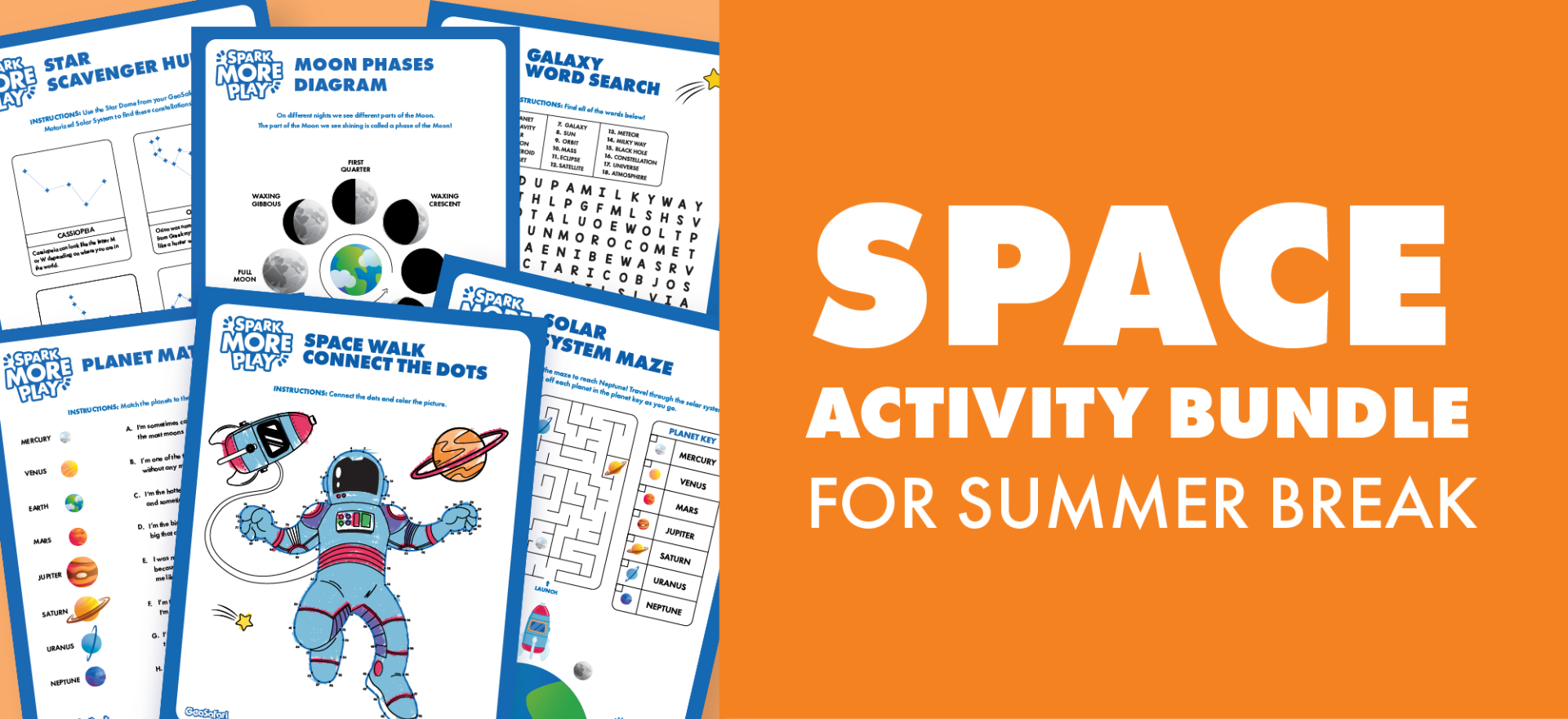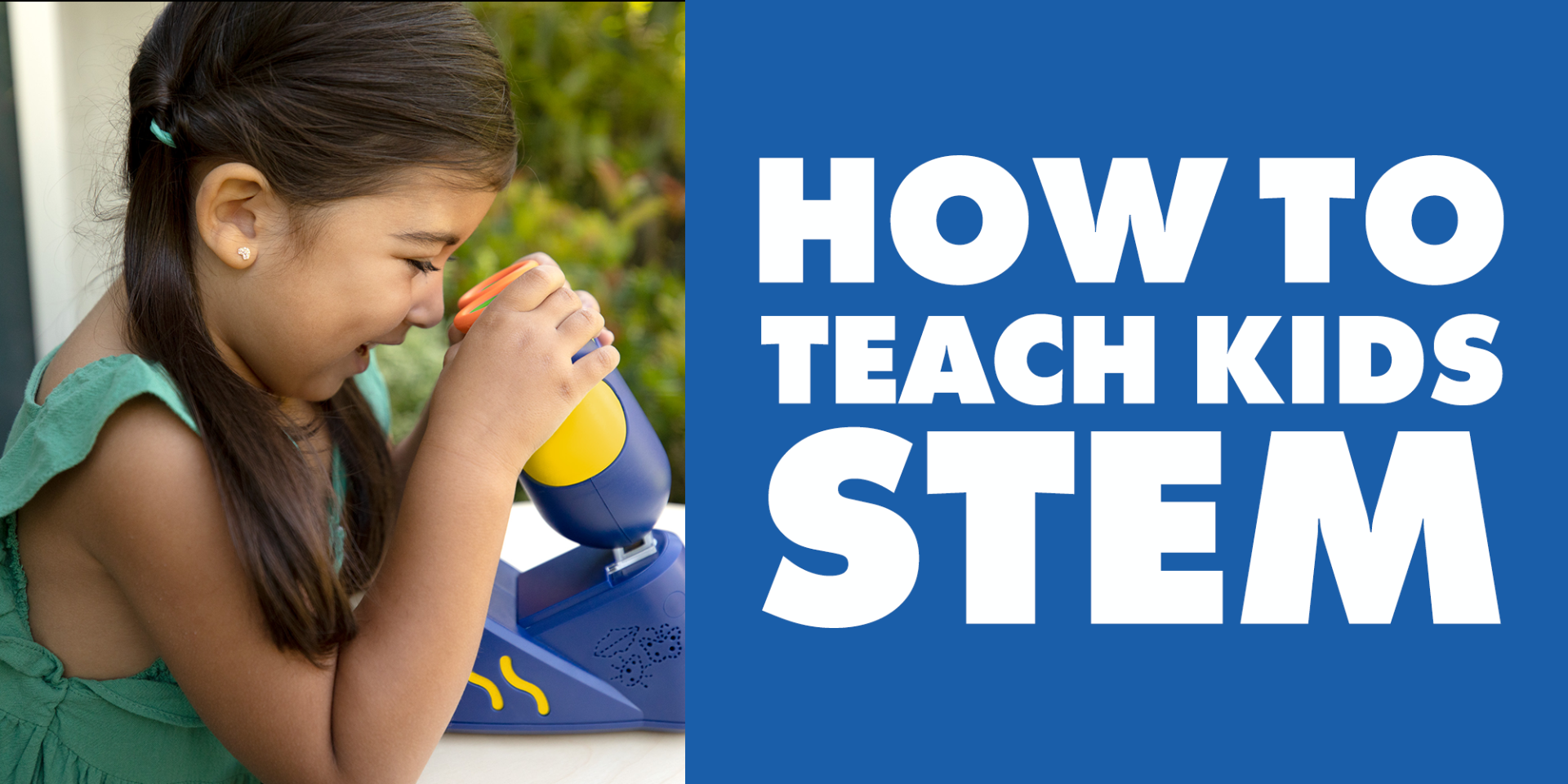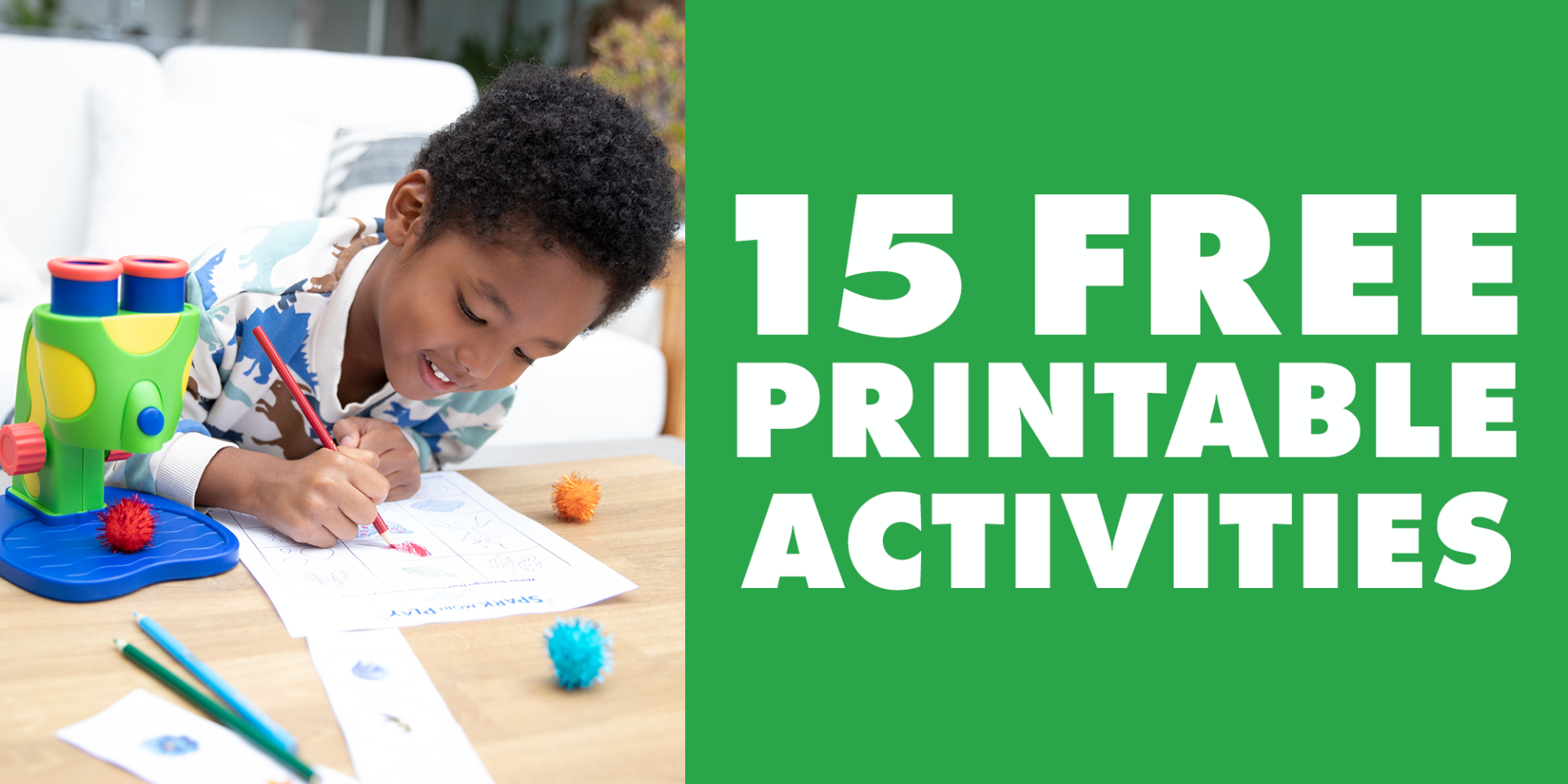
Composting! 4 Fun Steps to Turn Trash into Garden Treasure
- EI Editor Posted On May 26, 2021 | Learning Through Play
Happy Compost Day! Did you know that food waste is the number one material packing America’s landfills? Accounting for nearly 25% of solid waste in the U.S., the average American family of four tosses about $1,500 worth of food every single year. Yup, throwing food waste in the trash is costly and wasteful, especially considering it could be used to transform an unused corner of your backyard into your own personal veggie stand! Adding compost to your garden soil and house plants provides nutrients that aid in growth and water retention and introduces microorganisms that actually prevent some plant diseases (goodbye, chemical pesticides!). Plus, it’s easy and fun! Educational Insights’ Experts in Play are sharing four simple steps to get your family started with kitchen composting today:
1. Select a Container
You’ll need a container with a fitted lid, like a plastic storage container or a small garbage can. Your bin will live in a dry, dark space inside, so choose one that will fit under your kitchen sink or on a convenient closet floor. The composting process requires airflow, so you’ll need to drill several holes in the lid of your container, and you’ll want to place a pan or tray beneath it to catch any drainage.

2. Prep Your Compost
The general rule of thumb is three-parts brown stuff, like shredded newspaper, printer paper, dead leaves, torn cardboard delivery boxes, etc., and one part green stuff, including food waste and plant clippings. You’ll start with the brown layer, filling your bin 2/3rds full and mixing the contents up, then adding a layer of garden soil to the top.

3. Fill ‘Er Up
In a recycled yogurt or sour cream container or large, sealable baggie, collect about a weeks’ worth of chopped food waste, including fruits, veggies, bread, coffee grounds, pasta, rice, chips, nuts, eggshells, dry pet food, and so much more. Keep the container in the fridge or freezer so it doesn’t smell. Add the contents to your compost bin about once a week, using a shovel to mix it into the brown layer, and replace the lid. Note: don’t add any dairy, meat, or fat to your compost bin. It’ll stink and you might get bugs. Even without it, composting the foodstuffs listed above can reduce your household waste by 20-50%!

4. Wait
Depending on the size of your container, your compost may be ready for removal anywhere from a few weeks to a few months after getting started. You’ll know it’s ready when the contents look like moist, dark soil and feel cool rather than warm. In the meantime, you’ll need to add more of the brown layer materials to balance the wet food stuff and aerate your compost by gently turning it with a large fork every few days.

 Shop UK Site
Shop UK Site 












